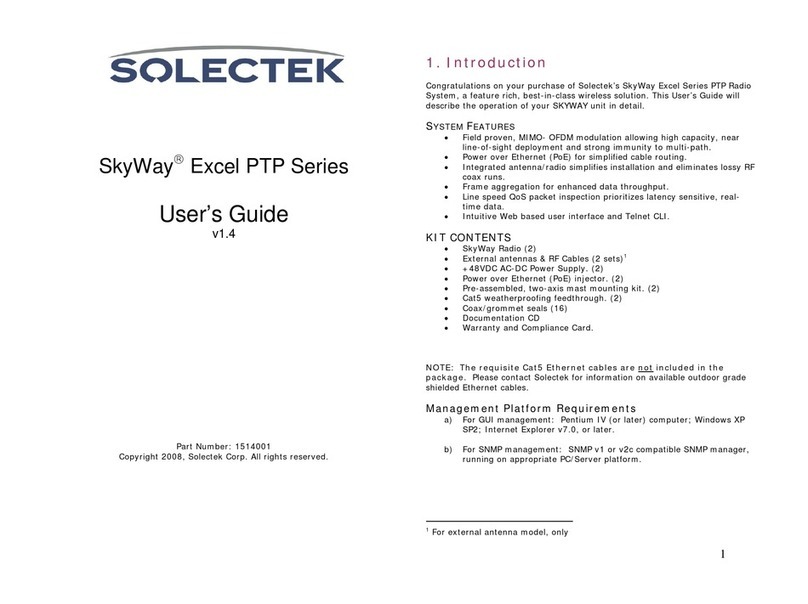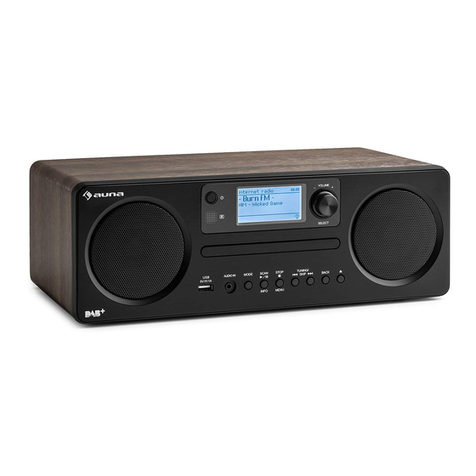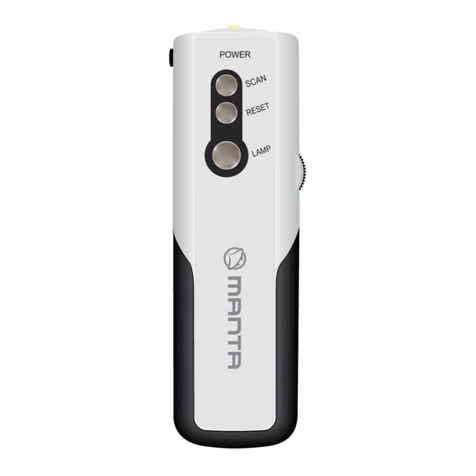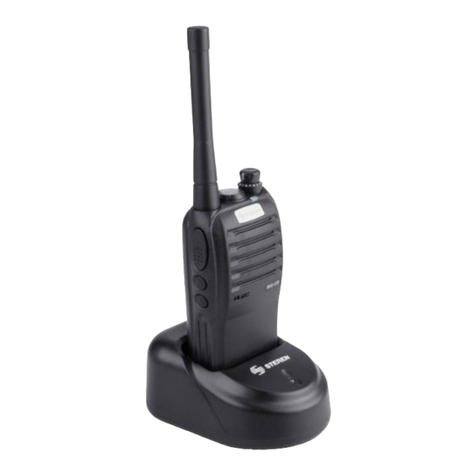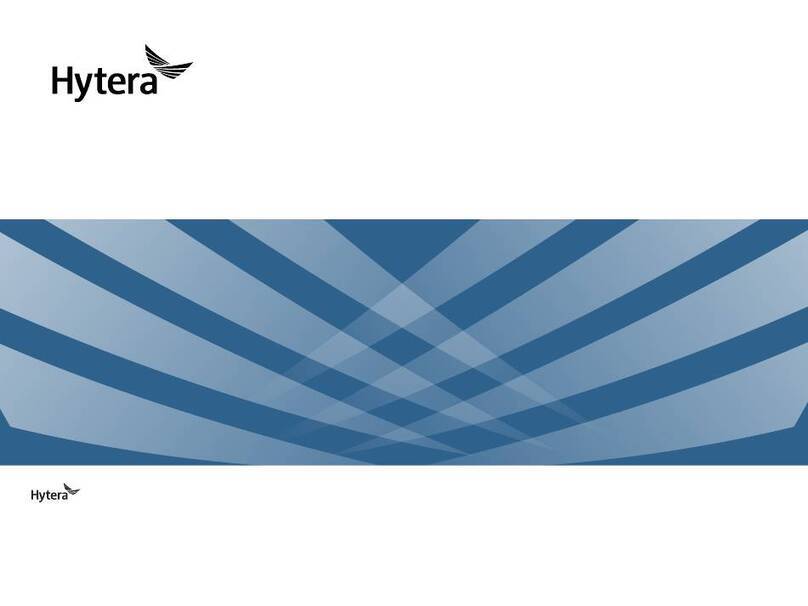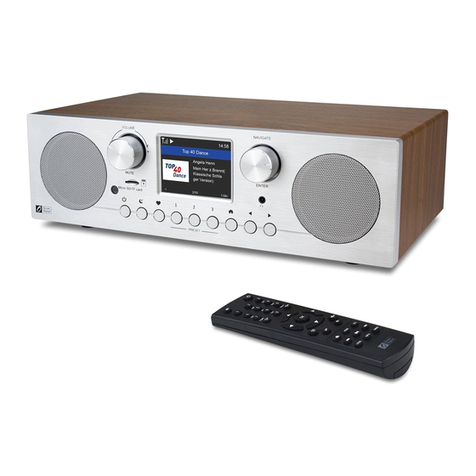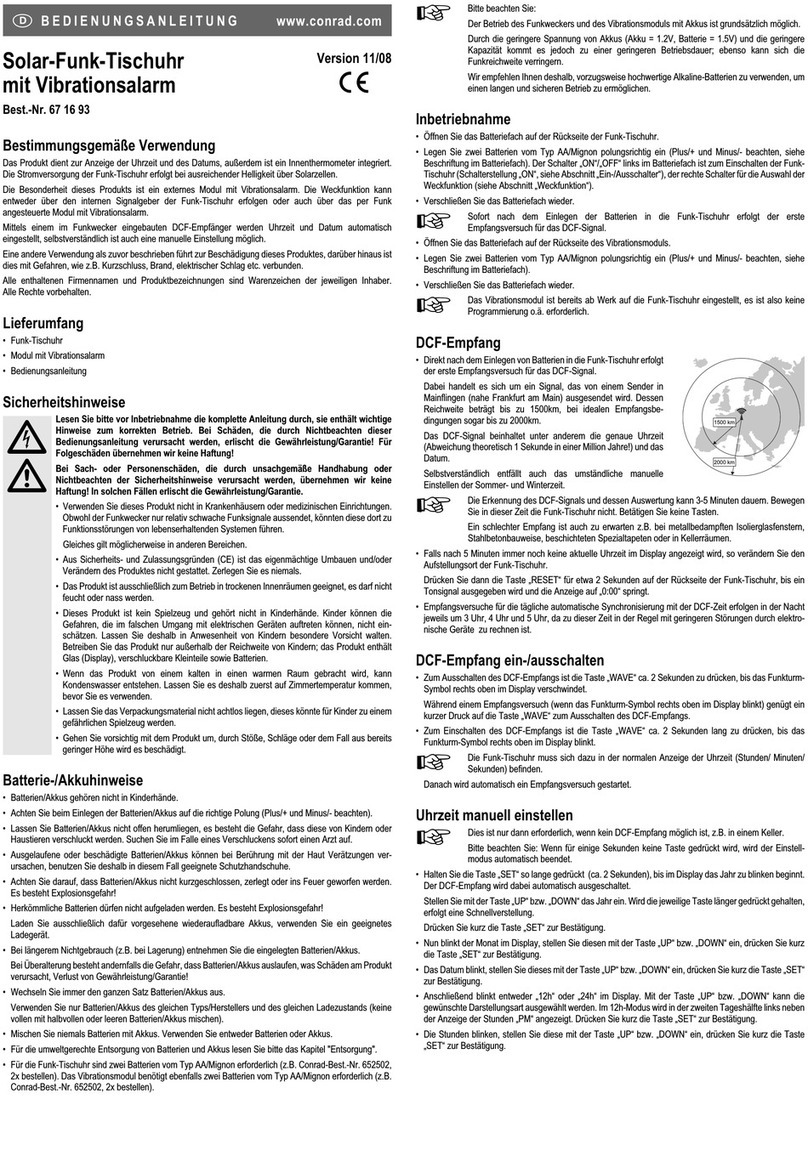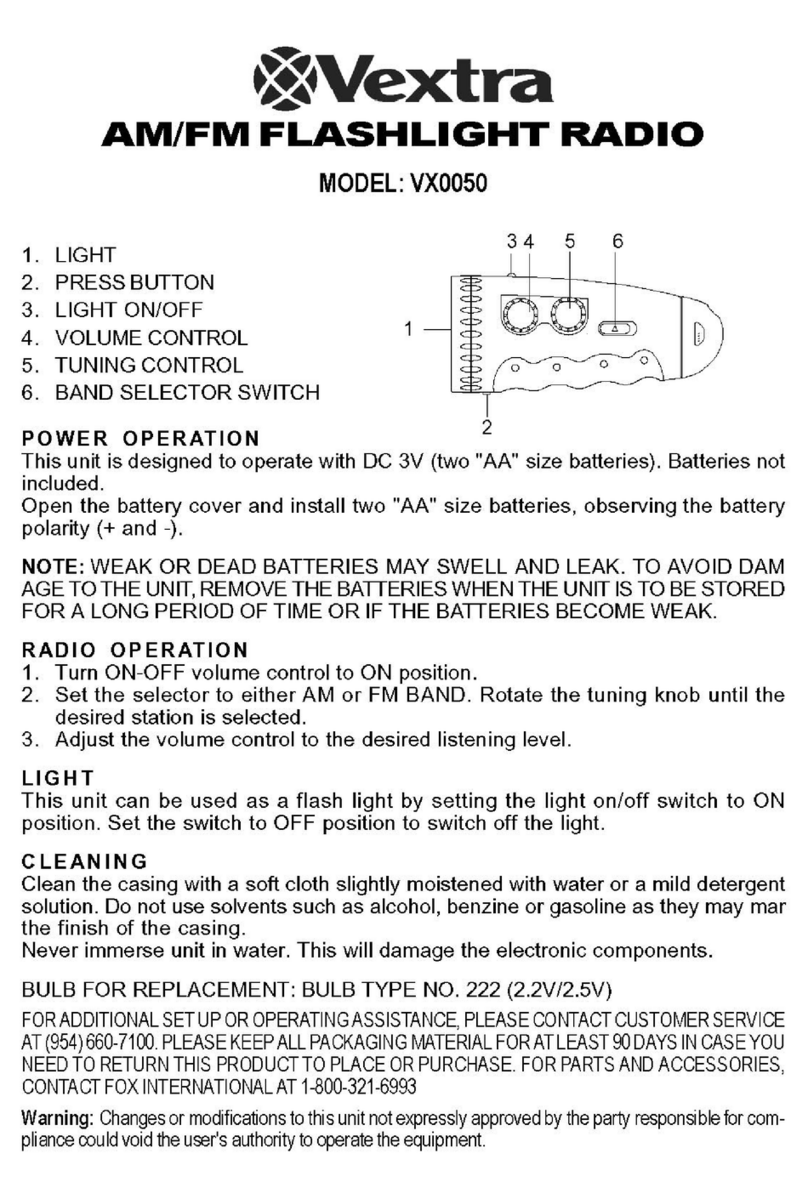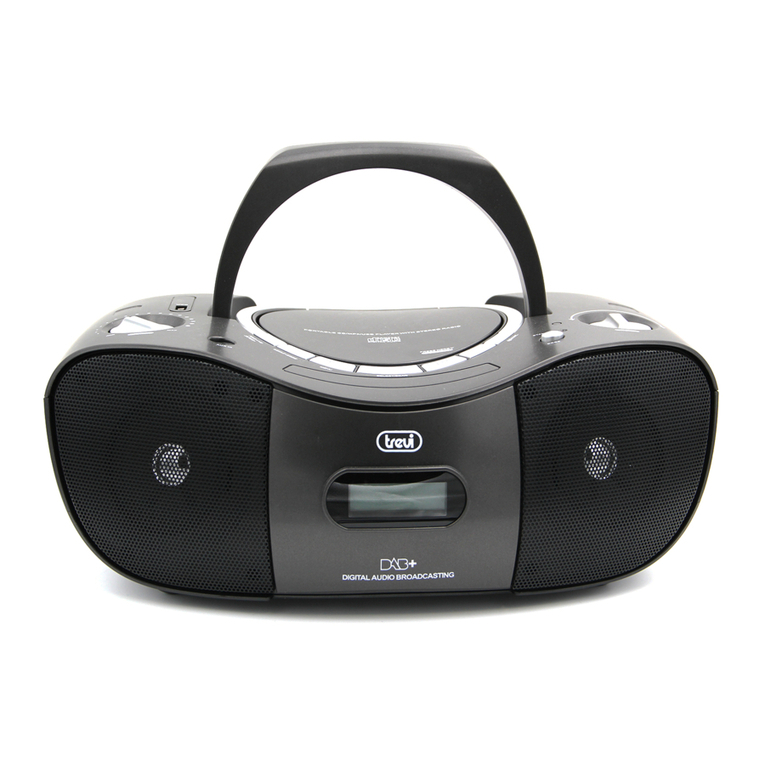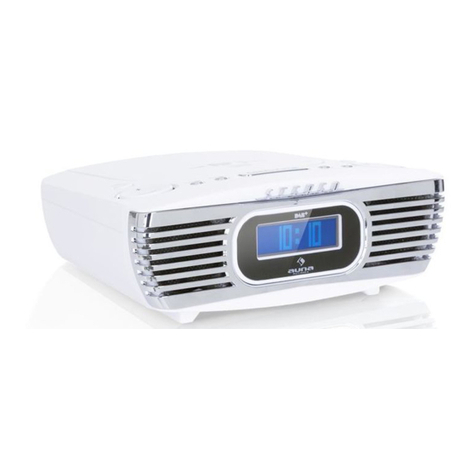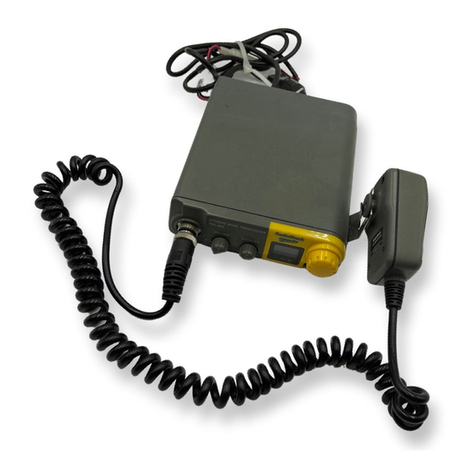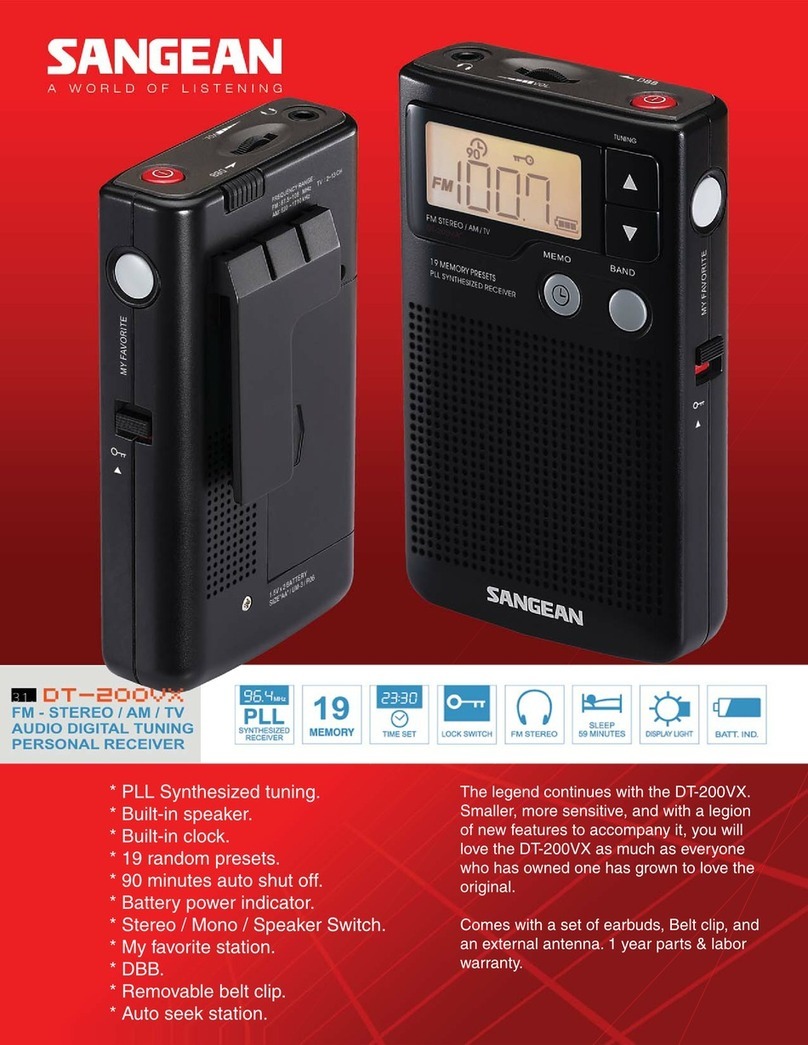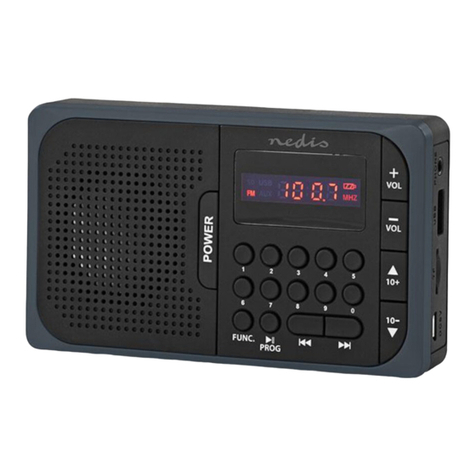Solectek KM Series User manual

KM Series Radio Quick Start Guide, 1.0
IDENTIFY PORTS KM SERIES DT
2
3
1. Required method for grounding the radio is to ground the mast to a
ground source. The source and connection points for the building-to-
earth ground in the vicinity of the antenna should be determined.
2. Also attach an 8 AWG (solid copper (or equivalent ground wire to the
m5x.8 grounding stud on the Radio chassis and securely tighten to (15
+/-2in.lbs. using an 8 mm (5/16 inch wrench.
3.
3.3.
3.
Secure the other end of the ground wire to a known earth ground such
as the main ground bar or terminal ground bar of the site. Refer to
local regulations for proper grounding procedures.
6
5
1
KM Series DT Dual
Transceiver Radio
KM Series ST Single
Transceiver Radio
Available tributary ports may vary depending on the model of KM Series DT or KM Series ST radio.
*”KM Series ST First Release” is a single transceiver variant of KM Series DT. This is offered as the
first release of KM Series ST and has the same features as KM Series ST in a slightly larger housing.
GROUNDING
CAUTION. IT IS VERY IMPORTANT TO COMPLETE THE GROUND
CABLING PRIOR TO APPLYING ANY DC VOLTAGE TO THE UNIT.
CAUTION. We strongly recommend that the technical personnel in-
stalling this radio and ancillaries possess the knowledge and skills ap-
propriate for making such installations.
NOTE. KM Series should be mounted with the Ethernet ports always
facing down.
1. Attach the KM Series radio, with the radio’s Ether-
net connectors facing down, to the antenna using
the four corner clasps of the radio.
CAUTION. Proper grounding of the outdoor equipment reduces elec-
tromagnetic interference, provides lightning protection, and protects
against electrical discharge. Using improper techniques in lightning-
prone geographic areas may pose a danger to local personnel.
The source and connection points for the building-to-earth ground
near the antenna location should be determined.
KM Series ST ground terminal
KM Series DT ground terminal
IDENTIFY PORTS KM SERIES ST
MOUNTING THE RADIO TO THE ANTENNA
KM SERIES RADIO TYPES
4
KM Series DT and KM Series ST First
Release
KM SERIES PHYSICAL TO LOGICAL PORT MAPPINGS
KM Series ST
NOTE. Cable glands are required for external connection of cables to
KM Series.
For the Ethernet cable between KM Series PoE port and the user’s net-
work equipment ensure that the maximum POE cable length between
the ODU and such equipment is 100 m (330 ft. . The maximum POE cable
length between the POE injector and the ODU is 80m (260 ft. .
CAUTION. Any unused port must be sealed with the provided weather-
proof plugs. Dust plugs delivered pre-installed on the units are not
weatherproof and must be discarded before radio field installation.
7 CONNECTING GLANDS AND CABLES

9
Required Equipment
1. From Packet 700-59066-0003, disassemble the connector’s compo-
nents (cap, seal, shell, terminals and body as follows:
2. Prepare the power cable by stripping the outer sheath on 0.7-0.8 inch
and remove the white insulation material. Note that the seal has a
clamping range of 6.0 mm ± 2.0 mm.
2. Strip each wire insulation to 0.2 inch and crimp the wire terminals onto
both wire ends.
3. Thread the cable with terminals through the cap, seal and shell, then
insert the terminals in the body until they click in place as follows. Re-
fer to next step for properly locating each wire in the body.
1. Insert each wire terminal in its designated hole as follows:
Key
Red wire here
Black wire here
6. Insert the body into the shell until seated, slide the seal into the shell,
and tighten the cap onto the shell firmly until seated to ensure a good
seal as follows:
7. The connector is now ready for installation onto the radio. Line up the
white arrows and push the connector onto the mating DC Power Con-
nector on the radio until it clicks in place. To remove the connector
from the radio, rotate the connector end counter clockwise and pull.
8 DC POWER PORT CONNECTION DC POWER PORT CONNECTION (CONTINUED) 10
1. From packets 400-59021-0001 and 500-12314-0026, slide the O-Ring on-
to the reducer.
2. From packet 500-57007-0005, disassemble Gland M20. Discard the red
dust cap.
3. Use a fiber optic cable matching the ordered SFP. Thread the fiber op-
tic cable through all components of Gland M20 (cap, seal, body and
washer , and the reducer.The gland seal’s clamping range is 2.7 mm ±
0.3 mm.
4. For properly inserting the cable through the seal, push down each wire
through each slit in the seal.
5. Once the SFP module is installed in the radio, insert the fiber optic ca-
ble’s end in the radio’s SFP port until hearing a click.
6. Screw-in the reducer with O-Ring onto the Radio until firmly seated.
7. Screw-in the body and washer onto the reducer until firmly seated.
8. Slide the seal into the body, then tighten the cap onto the body until
firmly seated. Wrap the final assembly in self-sealing tape.
Required Equipment
SFP PORT CONNECTION TO RADIO

11
1. Click on Link Management and then Link Wizard to open the Link Di-
rections window.
2. Clicking on the number of directions opens the next window where
you are offered the choice of editing the configuration or not.
3. If deciding not to edit this configuration or the one for Link Direction
#2, an Apply window opens.
4. When no further edits to Link Directions are requested, click Submit.
NOTE. Only one direction is available for a KM Series DT model that in-
cludes a built-in coupler or OMT. KM Series DT radios that include two
antenna ports may be one-directional or bi-directional (e.g. repeater
configuration .
KM Series ST radios are always one-directional.
12
1. Following the antenna manufacturer’s instructions, adjust the azimuth
and elevation of the antenna.
2. Use the calculated RSL obtained during the link budget process to de-
termine the target RSL voltage.
3. By default, the measured RSL will show the RSL for Transceiver A. For
the KM Series DT dual transceiver radio, the RSL source may be
changed to Transceiver B through a GUI command under Link Diagnos-
tics –> BNC Connector.
4. Setting the voltmeter to read a 0–10 voltage range (and turning off the
Auto-Range feature, if applicable will assist in reading the RSL.
5. Measure the RSL at the KM Series radio’s RSL port. The RSL follows a
typical monotonic response:
RSL (dBm = -10 VBNC
[e.g. 2.0 VDC @ RSL = -20 dBm, 9.0 VDC @ -90 dBm]
6. Fine-align the antenna following the antenna manufacturer’s instruc-
tions to achieve the desired RSL.
CONFIGURING THE RADIO BASIC APPROACH ANTENNA ALIGNMENT
NOTE. Default IP addresses and login credentials for the radios:
Low Band Radio IP address: 192.168.0.1
High Band Radio IP address: 192.168.0.2
Username: admin
Password: adminpass
Other manuals for KM Series
1
This manual suits for next models
2
Other Solectek Radio manuals
